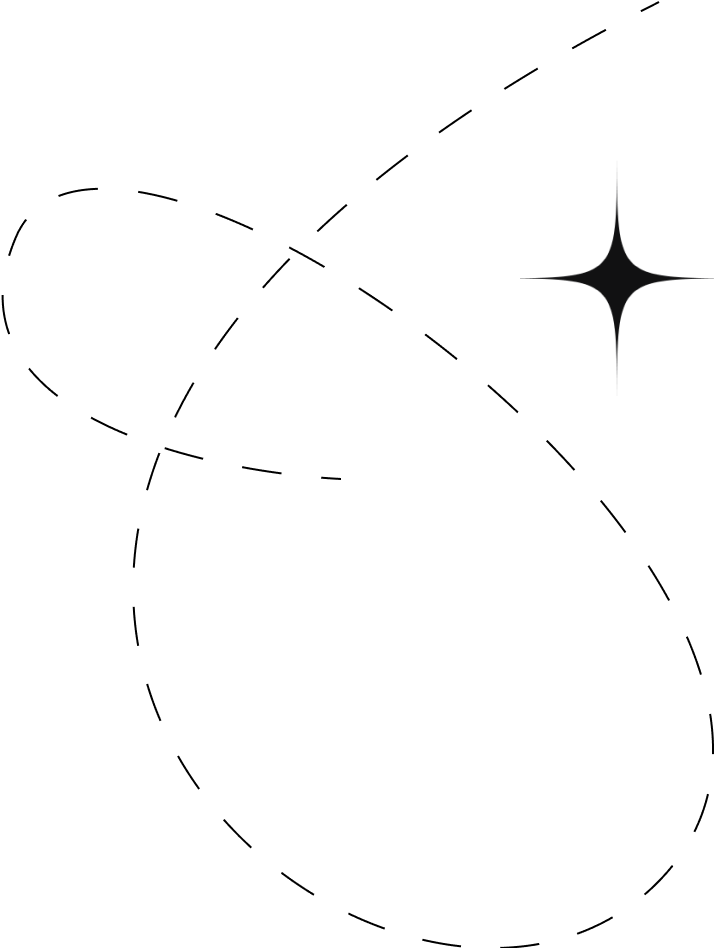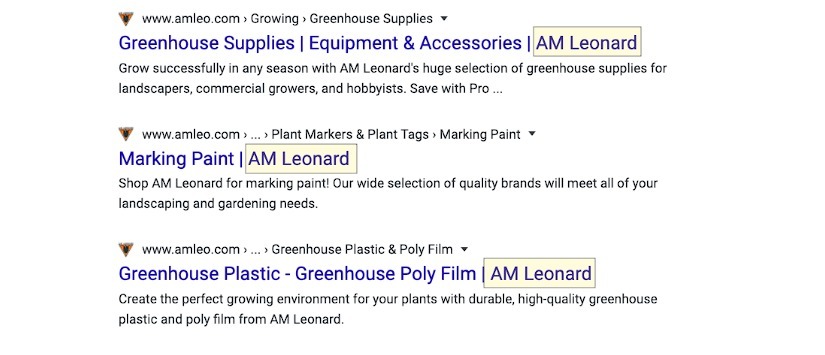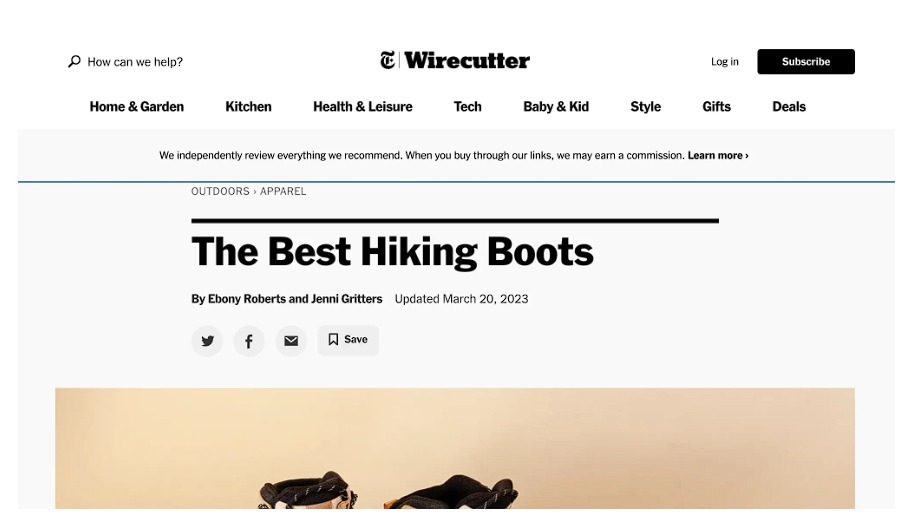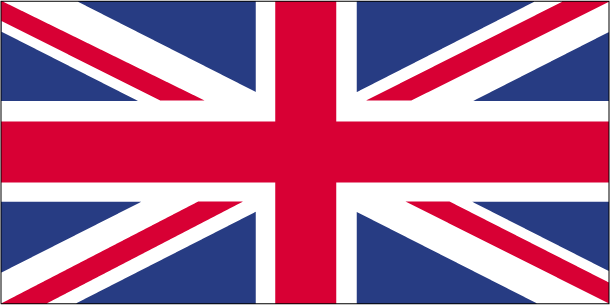Guides

Meta tags are code snippets embedded in a webpage’s header that are invisible to site visitors. Though not directly seen, they play a significant role in how search engines evaluate, rank, and display your website. When optimized effectively, meta tags can greatly impact your site’s SEO performance.
Meta tags are crucial elements for SEO as they influence how search engines perceive and rank a webpage. While site visitors might not always see them, their role is vital in enhancing the user experience and improving search engine visibility. These invisible elements shape a webpage’s appearance in search results, and ultimately, whether users will choose to visit the page.
A solid understanding of how meta tags function is essential for optimizing your website. SEO agencies can use tools like analytics software and professional content writing to maximize the impact of these elements. The key to success is recognizing the two primary audiences that meta tags serve: search engines and human users.
Meta tags are embedded in the header section of a webpage’s HTML code, making them invisible to users unless they access the page’s source code. Some meta tags are crucial for SEO campaigns, while others offer minimal benefit. Key meta tags include:
In the past, keyword tags were highly valued for SEO. However, with the rise of keyword stuffing and manipulation, Google phased out their relevance. Today, keyword tags no longer affect search rankings.
Other meta tags, such as author, generator, cache control, and refresh, have little impact on a webpage’s search engine performance.
The meta description is a concise summary (usually around 160 characters) of a webpage’s content. Although it doesn’t directly impact a page’s position in search engine results, it’s still an essential part of SEO. Over the years, Google has experimented with the role and length of meta descriptions, sometimes displaying them beneath the title and URL in search results.
Google’s search algorithms often extract relevant content from a page to display as a snippet, based on a user’s search query. However, when Google displays the meta description as a snippet, it offers you more control over how your page is presented to potential visitors.
To ensure your meta description is impactful, optimize it with relevant keywords without overstuffing. It should be compelling and act as a mini advertisement for your page. When written correctly, it enhances both search engine rankings and user engagement. SEO agencies can help craft effective meta descriptions that balance keyword optimization with engaging copy.
Keep in mind that duplicate content, including repeated description tags, can negatively affect SEO performance, as search engines, including Google, penalize websites with duplicated elements.
The meta content type tag helps web browsers correctly display the content of a webpage. For example, it tells the browser which character set to use, ensuring that text displays correctly. Think of it like a musical composition: the webpage’s text is the sheet music, and the content type tag is the instrument that brings the music to life on a screen.
While it doesn’t directly affect SEO rankings, the meta content type tag ensures a positive user experience by making sure that the text is rendered properly.
To start with AMP, add the AMP HTML Boilerplate in the <head> section of your web page. This boilerplate sets up the fundamental structure and includes the essential tags for AMP compatibility. Here’s what it consists of:
a. Required Meta Tags: These tags define the character encoding, viewport settings, and the AMP library version.
b. AMP Runtime Script: This script is responsible for fetching and rendering the AMP components on your page.
c. Link to the AMP Stylesheet: This stylesheet ensures your page follows AMP’s design standards.

Title tags, although not technically classified as “meta” tags, are just as important. They play a significant role in both SEO and user experience. Title tags appear in search engine results and are one of the primary factors search engines use to evaluate the relevance of a webpage.
For SEO, title tags are second only to the content on the page in terms of importance. Search engine bots prioritize title tags when determining the relevance of a page to a given search query. Including relevant keywords in title tags is critical for ranking well, but care must be taken to avoid over-optimization, which can lead to penalties.
Each page should have a unique, descriptive, and relevant title tag that reflects its content. Ideally, the title should include the main target keyword (as long as it’s relevant to the page) and be around 50-60 characters long.
When crafting title tags, ensure the following:

Heading tags (H1, H2, H3, etc.) are similar to meta tags in that they help structure content but are visible to users. These tags define the hierarchy of a webpage, with H1 typically being the main heading, followed by H2 for subsections, and so on. They not only help organize the content for readability but also inform search engines about the content’s structure and importance.
Proper use of heading tags can improve the user experience, guide visitors through the content, and enhance SEO. By strategically incorporating relevant keywords into your heading tags, you can help search engines understand the key topics of your webpage.
While AMP itself isn’t a direct ranking factor, its impact on SEO is undeniable. Faster loading speeds lead to improved user experience, which is a crucial ranking signal. In addition, AMP pages often appear in Google’s Top Stories carousel, providing significant visibility.
AMP doesn’t hinder monetization efforts. In fact, AMP supports various ad formats, including responsive ads, video ads, and native ads.
Canonical Tags
Canonical tags are essential for resolving duplicate content issues on your website. By defining the canonical URL for a webpage, you indicate to search engines which version should be given preference in their indexing process. This helps prevent ranking dilution caused by duplicate content appearing on multiple URLs.
For example, if the same product page is accessible through different URLs (e.g., with and without tracking parameters), a canonical tag ensures that search engines focus on the primary version. Implementing canonical tags correctly can consolidate link equity and improve SEO performance.
Robots meta tags guide search engines on how to crawl or index a webpage. They can specify whether a page should be indexed, whether links on the page should be followed, or whether search engines should archive the page. Common directives include:
These tags are particularly useful for managing duplicate content, protecting sensitive pages, or excluding irrelevant sections from being indexed.
These tags help control how your content is displayed when shared on social media platforms like Facebook and Twitter.These tags allow you to specify a title, image, and description for shared content, ensuring it displays in an appealing way and enhances click-through rates.
Alt text serves as a crucial SEO element by providing a description of an image’s content. Not only does it help search engines understand the context of the image, but it also improves accessibility for users with visual impairments. Including relevant keywords in alt text can boost your page’s SEO performance and user experience.
The viewport tag plays a key role in ensuring your website is responsive on mobile devices. This attribute guides browsers on resizing and scaling the page to match the dimensions of the user’s device. Proper use of the viewport tag ensures your site is mobile-friendly, which is a key ranking factor for search engines. Example:
<meta name=”viewport” content=”width=device-width, initial-scale=1.0″>
Optimizing this tag ensures a better user experience, reducing bounce rates and improving SEO performance.
The X-Robots-Tag is an HTTP header directive that provides advanced control over how search engines index and interact with web pages. While meta robots tags control this behavior within the HTML, the X-Robots-Tag offers flexibility for non-HTML resources like PDFs, images, or videos.
Key directives include:
The X-Robots-Tag is particularly useful for server-side configurations or when controlling indexing without modifying HTML content.
By incorporating these additional meta tags into your SEO strategy, you can create a more optimized and user-friendly website, enhancing both search engine rankings and the overall visitor experience.
Structured data markup, such as schema.org tags, provides search engines with additional context about your webpage’s content. By implementing structured data, you can enable rich snippets in search results, such as star ratings, event details, or product information. These enhancements increase click-through rates and improve search visibility.
The rel=prev and rel=next tags assist search engines in identifying the sequence of paginated content. These tags are critical for e-commerce websites, blogs, and other sites with multi-page content, ensuring proper indexing and avoiding duplicate content issues.
Twitter Cards work similarly to Open Graph tags but are specific to Twitter. By using these tags, you can control how your content appears on Twitter, including titles, descriptions, and images, ensuring a professional and clickable presentation. Example:
<meta name=”twitter:card” content=”summary_large_image”>
<meta name=”twitter:title” content=”Page Title”>
<meta name=”twitter:description” content=”Description of the page”>
<meta name=”twitter:image” content=”https://example.com/image.jpg”>
The X-Robots-Tag is an HTTP header directive that provides advanced control over how search engines index and interact with web pages. While meta robots tags control this behavior within the HTML, the X-Robots-Tag offers flexibility for non-HTML resources like PDFs, images, or videos.
Key directives include:
The X-Robots-Tag is particularly useful for server-side configurations or when controlling indexing without modifying HTML content.
By incorporating these additional meta tags into your SEO strategy, you can create a more optimized and user-friendly website, enhancing both search engine rankings and the overall visitor experience.
Your brand deserves the best! TomatoTree Digital, Kerala SEO Service Providers, crafts bespoke SEO strategies for lasting results. Contact us now and take the leap to online success!

Never settle for anything less than the best! Hire the top SEO experts from the Best SEO Company in Kerala and benefit from the customized Search Engine Optimization strategies designed exclusively for your brand.

India

United Kingdom
Newsletter
Never settle for anything less than the best!
Other Links
WhatsApp us